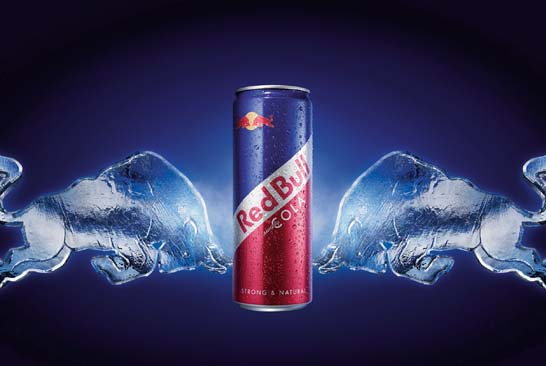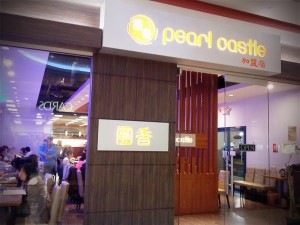Need energy to cram for an exam the night before? The answer is simple: drink Red Bull. Two 355 ml cans of Red Bull Energy Drink contain about the same amount of caffeine as two to three cups of coffee. Thus, it would seem the perfect solution to a sleepless night.
 What many students lack to know though is that too much intake of Red Bull could in fact cause an opposite effect. On several occasions, consuming two cans of Red Bull in half an hour on an empty stomach led to two seizures of an 18-year-old student. Besides the Red Bull, the hospital did not detect any other drug in his system. He was rather a health teenager as he did not have a record of seizures or head injuries in the past.
What many students lack to know though is that too much intake of Red Bull could in fact cause an opposite effect. On several occasions, consuming two cans of Red Bull in half an hour on an empty stomach led to two seizures of an 18-year-old student. Besides the Red Bull, the hospital did not detect any other drug in his system. He was rather a health teenager as he did not have a record of seizures or head injuries in the past.
In addition to this case, research presented at the American Academy of Neurology reported that four patients between the ages of 19 to 28 suffered seizures after heavy consumption of the drinks. Although Red Bull has its pros to keep students energized and awake, I believe the cons outweigh the benefits. The opportunity cost of consuming Red Bull is the unnecessary health risk. Apart from Red Bull, there are other substitutes for a student to study such as coffee or simply avoid procrastinating.


